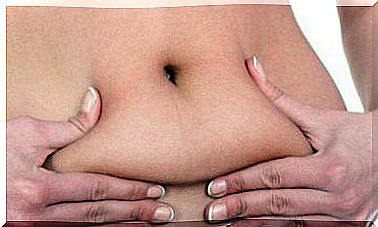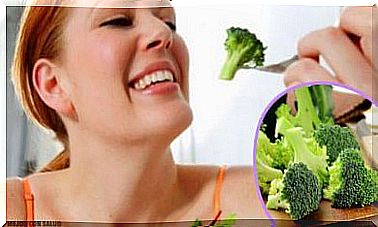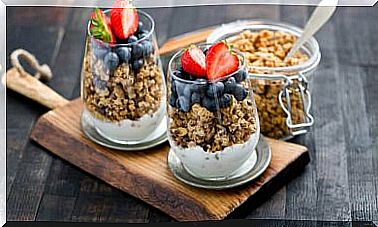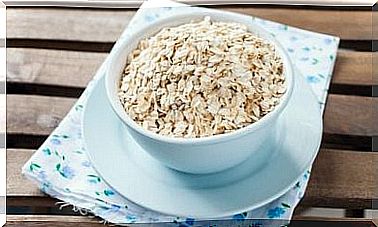Are Cleaning Chemicals Harmful?
Science tells us that the cleaning chemicals we use at home can pose risks to our health. In our daily life, it is advisable to have the right information.
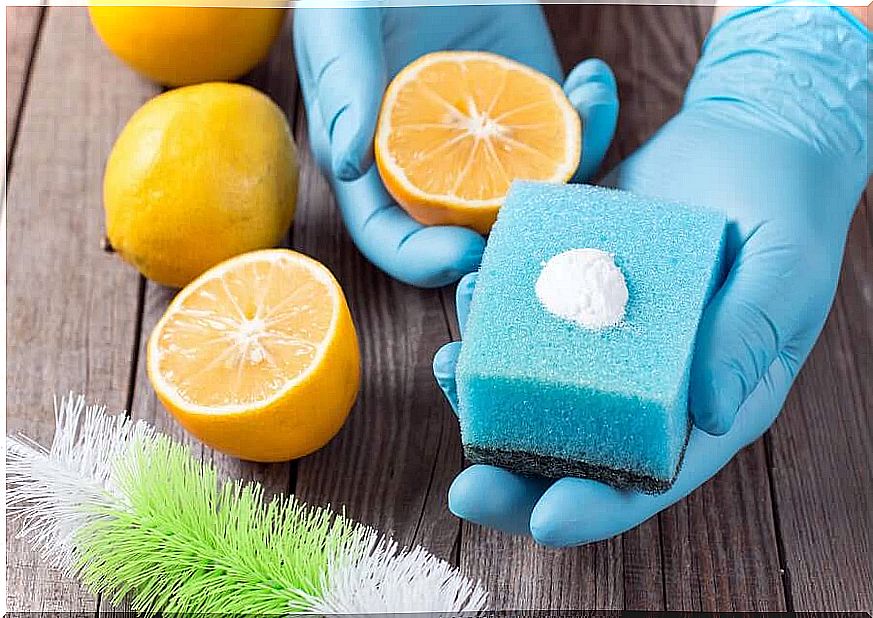
We often hear that cleaning chemicals are harmful to your health. Certain elements such as chloroform, formaldehyde or phthalate can cause serious illness in children, adults and even pets. Here is a list of the most harmful and how to replace them.
The scientific data is concrete and categorical: more than half of what can be found in supermarkets and stores contains harmful ingredients. In particular, allergies and respiratory problems are the result of continuous exposure.
Cleaning chemicals according to science
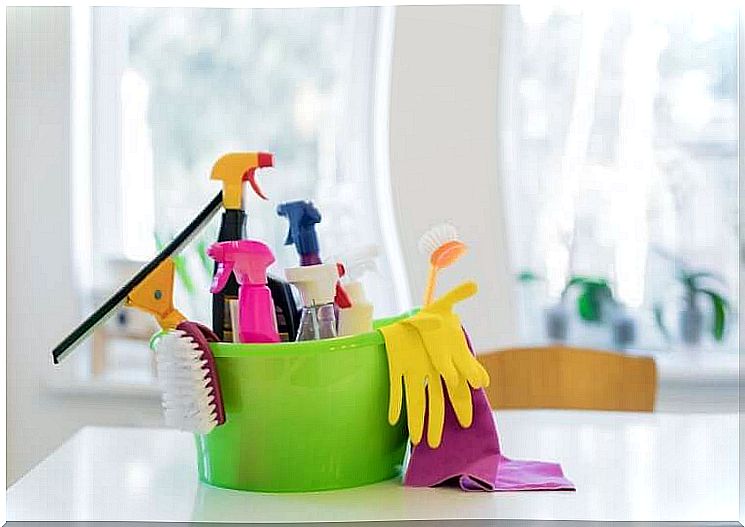
In 2012, the Environmental Working Group (EWG) conducted an analysis of the most common liquids and cleaning products in households. The results are alarming. They found around 65 highly toxic substances that are often associated with infertility, endocrine disorders, general malaise or neurotoxic diseases.
In Norway, the Department of Clinical Sciences at the University of Bergen conducted research based on the follow-up of 6,000 people who used cleaning chemicals daily. In this case, the focus was on the damage to the respiratory system of people exposed to these toxic elements.
For its part, Harvard University’s Nature Climate Change study focused on the damage these substances cause to the environment as a whole. Symptoms in the population such as anemia or iron deficiency are believed to stem from contamination with cleaning chemicals.
The United States Environmental Protection Agency (EPA) is added to this aspect. The institution mentions the appalling figure of 150,000 highly harmful synthetic substances that people live with on a daily basis.
Toxic substances found in cleaning chemicals
- Phthalates : these are synthetic scented cleaning products and their main risk is that of being endocrine disruptors . They can be found in dishwashers, floor and furniture cleaners, toilet paper and even in personal hygiene items.
- Perchlorethylene : found in dry cleaning products. This component may cause dizziness, respiratory and eye irritation, as it is considered a nerve agent. It is sometimes included in carpet cleaners, stain removers, etc.
- Triclosan : characteristic of dishwashers, it is banned in the United States because it generates bacteria resistant to antibiotics. On the other hand, it is extremely harmful to natural ecosystems
- Quaternary Ammonium Compounds (CAQ) : Like triclosan, it is labeled as an “antibacterial”. In fact, its prolonged use can be responsible for conditions such as dermatitis and respiratory allergies. It is found in fabric softeners and in various disinfectants
- Butoxyethanol : from the family of solvents, it is presented as a very effective general-purpose cleaner. In practice, its daily use affects from the lungs to the liver and kidneys
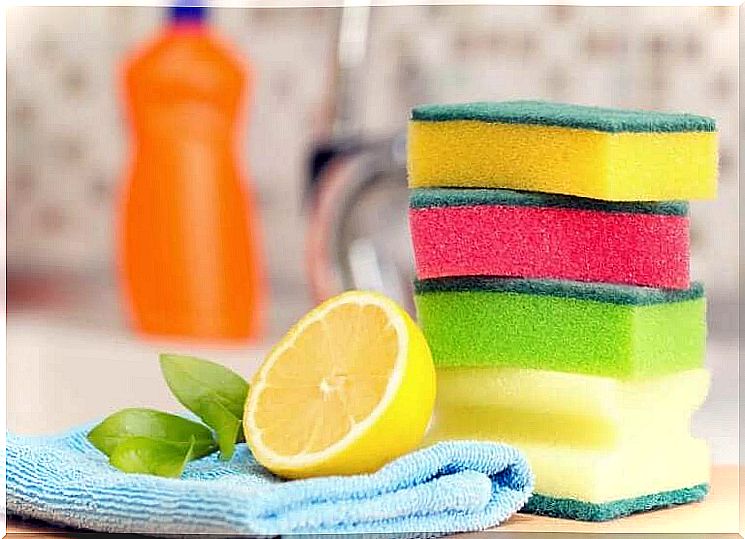
How to act?
First of all, it is necessary to eliminate all aerosol cleaners and ventilate the house for a long time after cleaning. Gloves and masks are also essential to avoid poisoning.
All precautions are in place to prevent contaminated air from entering the lungs or coming into contact with the skin. Let’s not forget that there are many effective tips to apply when cleaning at home.
Cleaning chemicals can be replaced without compromising the cleanliness of the house. In fact, the best option is green and non-toxic alternatives that you make at home. If you intend to purchase chemical-free cleaning products, you may want to consider a larger investment.
On the other hand, most jobs can be done with a clean cloth, water and a little soap. If they cannot be avoided, it is essential to remember not to use chemical cleaning products around children, the elderly, or vulnerable people, such as pregnant women.
In conclusion, cleaning chemicals enter the body primarily through the respiratory tract, skin and eyes. Their consumption must therefore be responsible. Indeed, it is essential to keep informed of their components. Last tip: read the labels and take them into account for your health.

